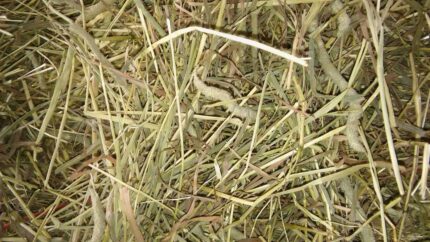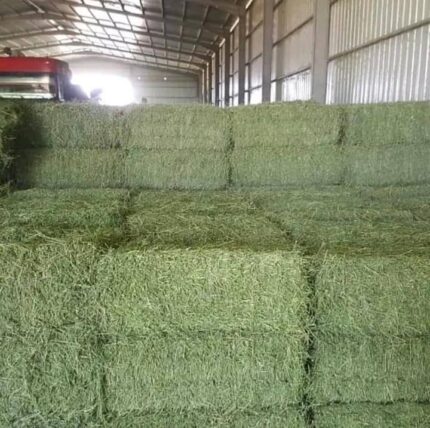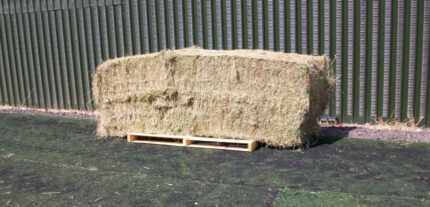Barley Straw – Medium Bales
Barley straw, a byproduct of barley cultivation, is a versatile material with various agricultural, industrial, and domestic applications. It is particularly renowned for its use as livestock bedding, erosion control, and pond water treatment. Here’s a detailed exploration of barley straw and its uses:
*Characteristics:*
– *Plant Source:* Barley straw is derived from the barley plant (Hordeum vulgare), a cereal grain widely cultivated for its seeds. After the barley crop is harvested, the remaining straw is collected for various purposes.
– *Physical Attributes:* Barley straw typically consists of long, golden-yellow stems with hollow internodes. It has a coarse texture and is relatively lightweight compared to other types of straw.
– *Availability:* Barley straw is readily available in regions where barley is cultivated for agricultural purposes. It can be purchased in bales or bundles from agricultural supply stores, feed mills, and online suppliers.
*Uses:*
1. *Livestock Bedding:* Barley straw is commonly used as bedding material for livestock, including horses, cows, sheep, and poultry. Its absorbent nature helps to keep animal enclosures dry and comfortable, while its natural insulation properties provide warmth during colder months.
2. *Erosion Control:* Barley straw has been utilized for centuries as a natural method of erosion control. When applied to slopes, riverbanks, or construction sites, it helps prevent soil erosion by reducing water flow velocity and promoting sedimentation.
3. *Pond Water Treatment:* One of the most well-known uses of barley straw is in pond water treatment. When barley straw is placed in ponds or water bodies, it undergoes a decomposition process that releases chemical compounds, primarily humic acids, which inhibit the growth of algae. This natural algae control method is environmentally friendly and safe for aquatic life.
4. *Garden Mulch:* Barley straw can be shredded or chopped and used as mulch in garden beds and vegetable patches. As it decomposes, it enriches the soil with organic matter, improves moisture retention, and suppresses weed growth.
5. *Animal Feed:* While barley straw is not as nutritionally dense as other types of fodder, it can be used as a supplemental feed for livestock such as cattle and goats. It is often mixed with other feed ingredients or used as a source of roughage in ruminant diets.
*Preparation and Application:*
– Barley straw for erosion control and pond treatment is typically applied in its natural form, without any processing. It can be loosely scattered or placed in mesh bags and submerged in ponds.
– For livestock bedding, barley straw may be chopped or shredded to create a more comfortable and uniform bedding material. It is spread evenly in animal enclosures and replenished regularly to maintain cleanliness and freshness.
*Considerations:*
– *Quality:* When selecting barley straw for any application, it’s essential to choose clean, dry straw free from mold, pests, or contaminants.
– *Decomposition Rate:* The effectiveness of barley straw in pond water treatment and erosion control depends on its decomposition rate, which can vary based on factors such as water temperature, oxygen levels, and microbial activity.
– *Environmental Impact:* While barley straw offers natural solutions for various purposes, its impact on the environment should be considered. When used for erosion control or pond treatment, it’s essential to monitor and manage potential runoff to prevent unintended consequences.
In conclusion, barley straw is a multifaceted agricultural resource with diverse applications in livestock management, environmental conservation, and gardening. Its versatility, availability, and environmentally friendly properties make it a valuable asset for farmers, landscapers, and homeowners seeking sustainable solutions for a range of challenges. Whether used as bedding material, erosion control aid, or natural pond treatment, barley straw continues to play a significant role in agricultural practices and environmental stewardship.















Reviews
There are no reviews yet.